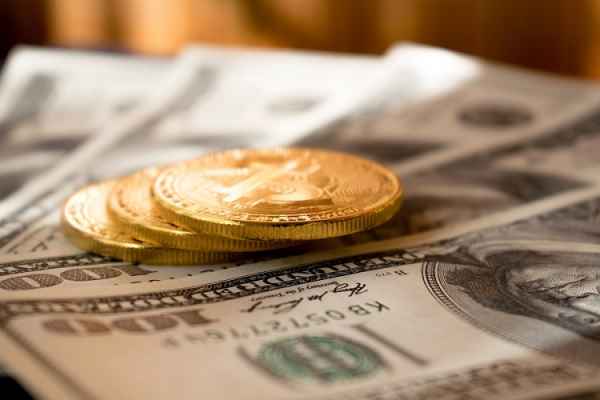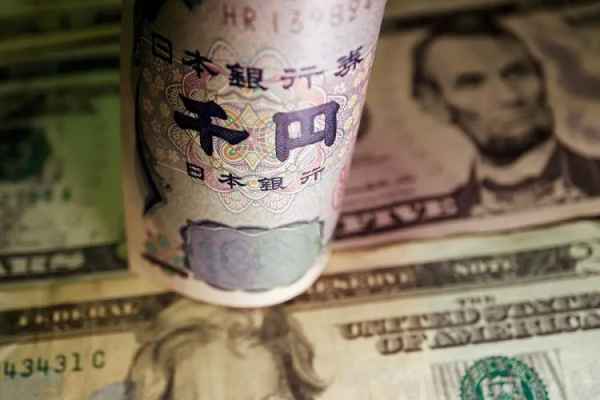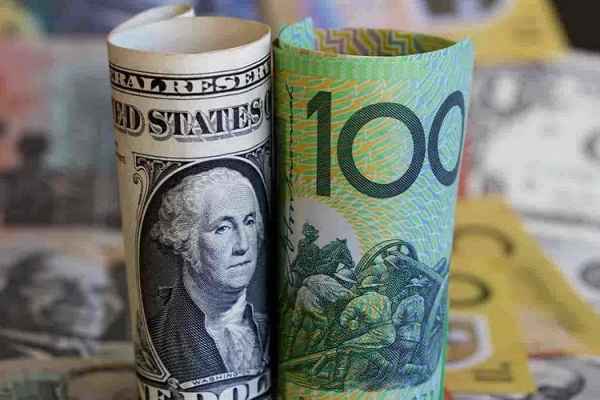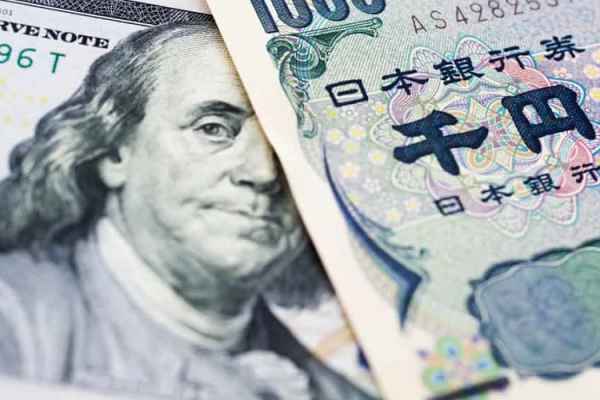Amidst this current bearish trend, some analysts express opposing opinions regarding the future direction of the US dollar.
The greenback rally reversed in last week's trading, as the prospects for further Fed interest rate hikes became increasingly uncertain. The US dollar index (DXY) remained under pressure around 105.00 at the start of the New York trading session on Monday, November 6th. Will this bearish trend only be temporary or continue for a significant period?
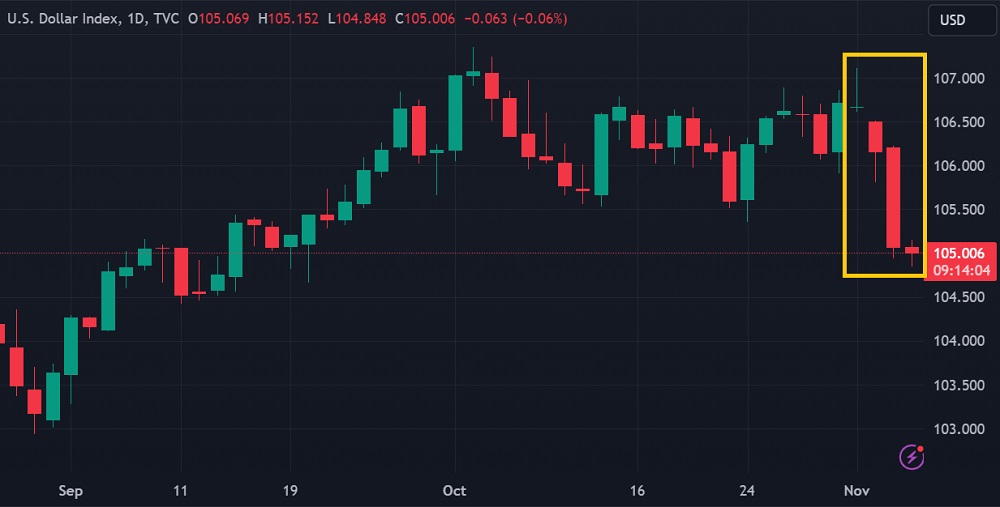
The US dollar reversal coincided with the less hawkish statement from the Fed Chair. Following that, the disappointing Nonfarm Payroll (NFP) and Purchasing Managers' Index (PMI) data also eroded market interest in the US dollar.
Stock markets strengthened alongside various other major currencies, as the greenback weakened. EUR/USD and GBP/USD reached their highest levels since mid-September, while USD/JPY fell back below the 150.00 threshold. As a result, speculations emerged that the peak of US dollar strength may have come to an end.
"We always say bad news (for economic data) is good news, so it's good then there is an expectation for the Fed and other central banks to end the rate hike cycle sooner," said Tina Teng market analyst at CMC Markets, who predict that the US dollar will weaken throughout November.
Shaun Osborne, the Head of FX Strategy at Scotiabank, believes that EUR/USD, in particular, has a technical bullish opportunity for this week. He reasons that the rise of EUR/USD above the 1.06 level provides solid support during minor dips. Additionally, he noted that "bullish signals are developing for the EUR on both daily and intraday oscillators."
However, some other analysts have different opinions. Analysts at JPMorgan believe that sustained selling of the US dollar will require a recovery signal from the Eurozone, China, and other regions, which they consider to be "still weak" at the moment.
Dane Cekov, a senior FX strategist at Nordea, also described last week's market movements as an "overreaction." Dane suggests that the weakness of the US dollar may be short-term, and it will require other catalysts for the EUR/USD rally to continue.

 Dedicated FREE FOREX VPS
Dedicated FREE FOREX VPS Free FOREX Virtual Private Server
Free FOREX Virtual Private Server MT4 Demo Contest, Get $500
MT4 Demo Contest, Get $500 Sign Up for an Account, Claim 60% Deposit Bonus
Sign Up for an Account, Claim 60% Deposit Bonus Free MT4/MT5 VPS 2024
Free MT4/MT5 VPS 2024 Send E-mail and Get Free Merchandise
Send E-mail and Get Free Merchandise $1K Refer a Friend Bonus for Pepperstone Pro clients
$1K Refer a Friend Bonus for Pepperstone Pro clients Maximize Your Earnings with 100% Deposit bonus
Maximize Your Earnings with 100% Deposit bonus Trade to Win, $5,000 Monthly Demo Contest
Trade to Win, $5,000 Monthly Demo Contest Claim 30% + 15% Deposit Bonus from LiteFinance
Claim 30% + 15% Deposit Bonus from LiteFinance


